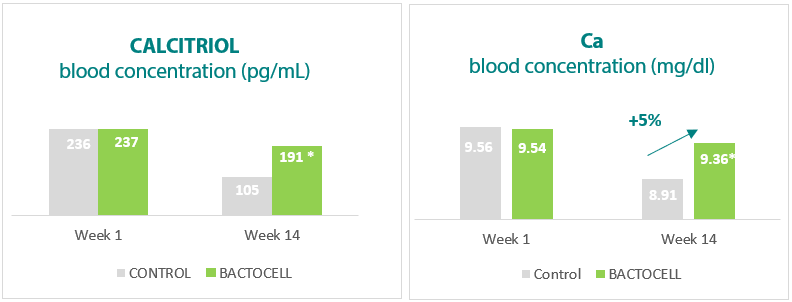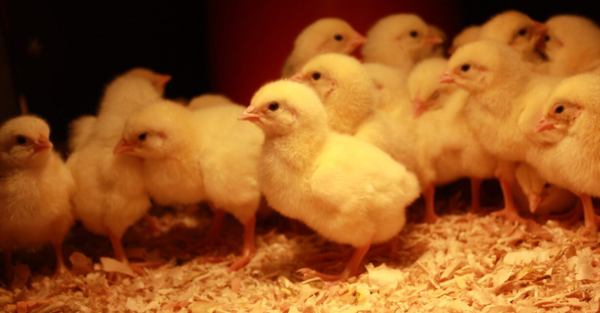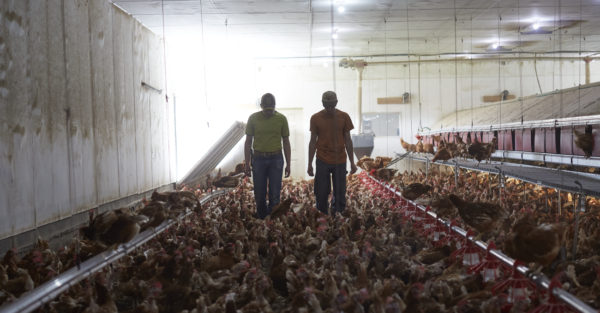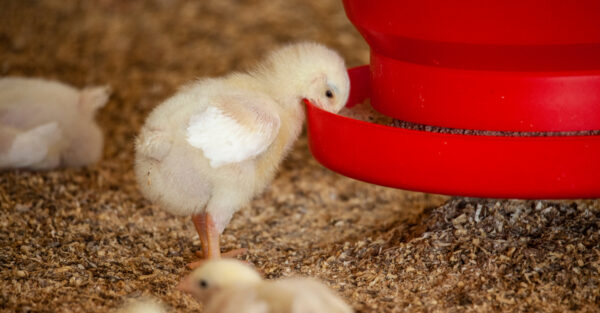Blog | Reading Time 2 minutes
From feed to shell: The role of BACTOCELL in the Ca metabolism in mature laying hens
Eggshell formation: a demanding mineralization process
Calcium (Ca) requirements grow with the age but should be carefully managed from the pullet stage, a critical moment for the medullary bone Ca reservoir constitution. During egg production, this reserve is mobilized into the uterine gland for shell mineralization. When blood Ca levels become critical, a Ca resorption from bones process is initiated.
Hormonal activities associated with calcium metabolism
Calcium metabolism in laying hens is a specific and dynamic process highly regulated by environmental (light) and biochemical (minerals, vitamins, and hormones) stimuli.
These actives Ca pathways are regulated by the calcitriol hormone [1,25(OH)2D], and by the parathyroid hormone (PTH). Both act jointly to increase the circulating level of Ca by triggering the mobilization from the bone, kidney, and intestinal origin when Ca is needed. (Bar A., 2008; Tinawi M., 2021).
BACTOCELL has confirmed benefits on eggshell quality
A trial performed at Dankook University (South Korea) has investigated original parameters such as hormonal and mineral blood and bone markers in relatively mature hens.
50-week-old Hy-line brown laying hens, divided into 2 groups and fed with diets formulated according to genetic recommendations, except a 10% suboptimal level of Ca and Phosphorus (P), were used in this study.
Results confirm the previously observed positive incidence of BACTOCELL on egg production (Figure 1) and egg weight (+1%; p<0.05; data not shown).
This higher production partially comes from a significant reduction of the rejected eggs criteria, and notably a positive incidence on the broken percentage (Figure 1).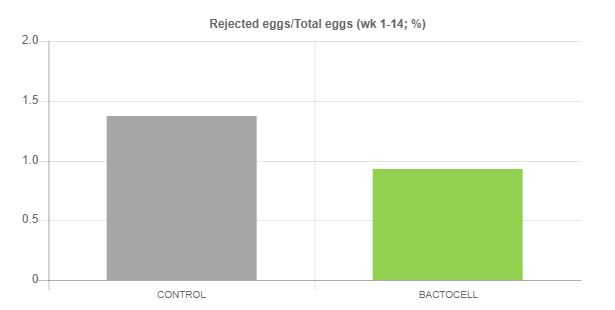
Figure 1 – Effect of BACTOCELL on the rejected rate (p=0.072)
BACTOCELL and calcium metabolism interaction
Starting with similar retentions at week 1, both the Ca and P retentions were improved after the 14-week BACTOCELL supplementation this reflects a better utilization of the dietary mineral sources, which supports eggshell quality.
Hormonal activities related to Ca metabolism have been also analyzed. The calcitriol blood concentration was increased by +83% after the 14-week treatment duration when compared with the control group (Figure 2). The hypothesis, substantiated by the higher blood Ca concentration recorded at the same time, is that BACTOCELL has favored the production of calcitriol along the hens, lifespan, thus supporting the Ca mobilization from dietary origin.
In this trial, probiotic supplementation showed stimulation of the calcitriol activity in the advanced hen laying cycle (>50 weeks; Figure 2). This resulted in a better Ca dietary absorption without affecting the bones, and mineral content.
Published Jun 30, 2022 | Updated Jun 6, 2023
Related articles
Need specific information?
Talk to an expert